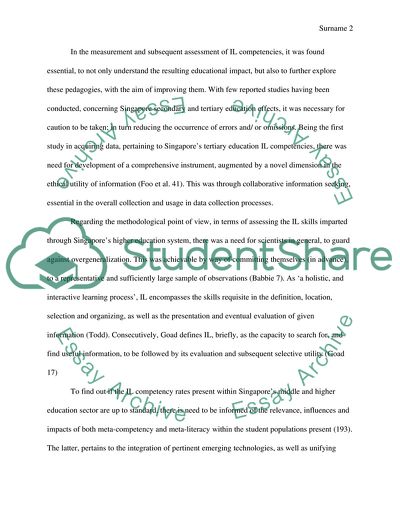Cite this document
(Methodological Point of View: Information Literacy Skills Assignment, n.d.)
Methodological Point of View: Information Literacy Skills Assignment. Retrieved from https://studentshare.org/education/1828894-paper-review-from-a-methodological-point-of-view
Methodological Point of View: Information Literacy Skills Assignment. Retrieved from https://studentshare.org/education/1828894-paper-review-from-a-methodological-point-of-view
(Methodological Point of View: Information Literacy Skills Assignment)
Methodological Point of View: Information Literacy Skills Assignment. https://studentshare.org/education/1828894-paper-review-from-a-methodological-point-of-view.
Methodological Point of View: Information Literacy Skills Assignment. https://studentshare.org/education/1828894-paper-review-from-a-methodological-point-of-view.
“Methodological Point of View: Information Literacy Skills Assignment”, n.d. https://studentshare.org/education/1828894-paper-review-from-a-methodological-point-of-view.


